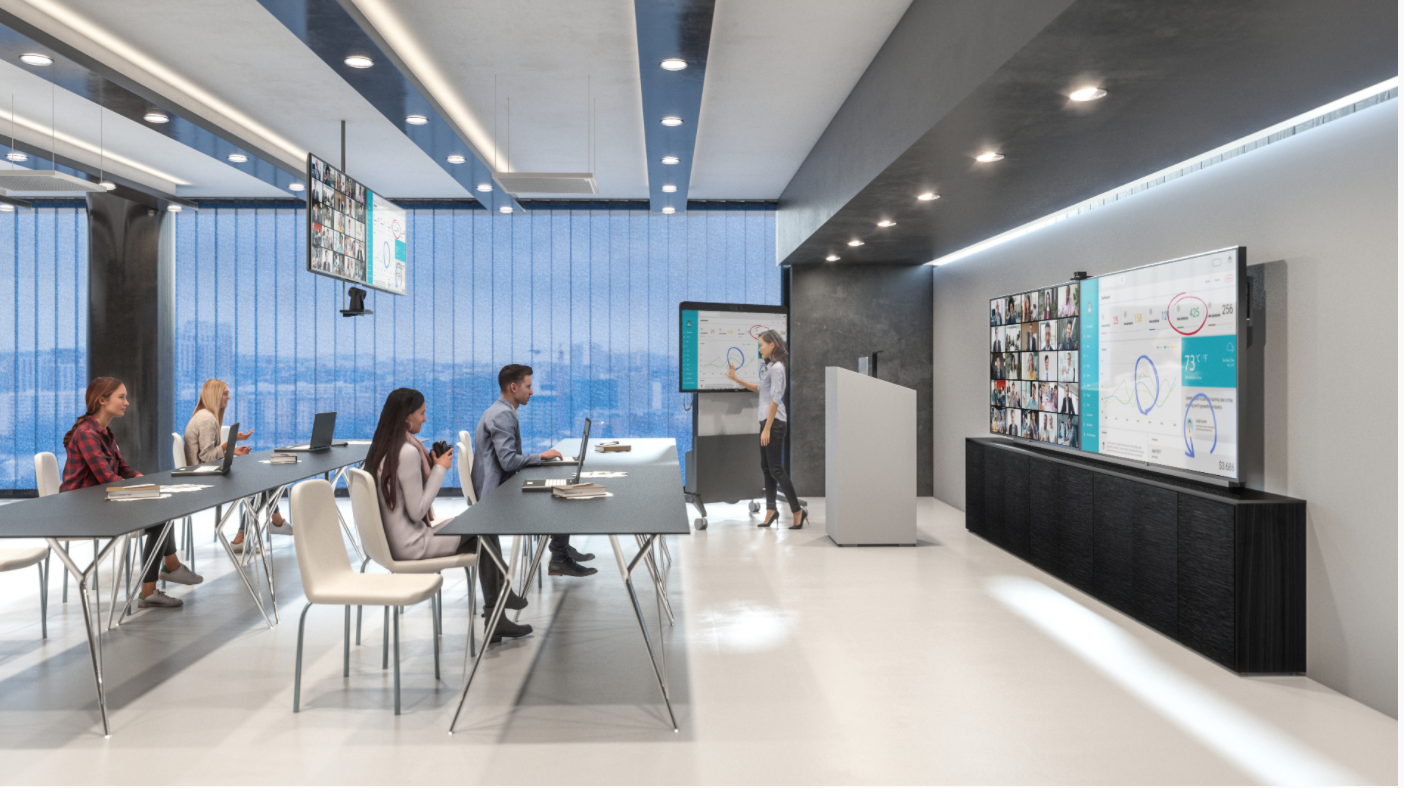Creating an effective AV control system for a classroom involves integrating various elements to enhance teaching and learning experiences. Here are some essential components for a classroom AV control system:
User-Friendly Interface and a Centralized Control Panel
A simple and intuitive user interface is crucial. Teachers should be able to control audio, video, and other AV components with ease, allowing them to focus on teaching rather than dealing with complex technology.
A centralized control panel consolidates all AV functions in one place. This can include touch panels, tablets, or wall-mounted control panels that allow teachers to manage multiple devices seamlessly.

Audio Systems: High-quality audio systems are essential for clear communication in a classroom av control system. This includes microphones for the teacher, speakers strategically placed for even coverage, and sound reinforcement to ensure everyone can hear clearly.
Display and Imaging Systems
Display systems, such as interactive whiteboards, projectors, or large-screen displays, are fundamental for visual presentations. These should be easily switchable and adjustable to accommodate different teaching scenarios.
Document cameras or visualizers are useful for displaying physical documents, textbooks, or three-dimensional objects. Integration into the AV control system ensures easy operation and visibility for all students. With the increasing trend of remote learning or guest speakers joining virtually, having a camera system integrated into the AV control system facilitates video conferencing and virtual collaboration.
A versatile AV control system should support various input sources, including computers, laptops, document cameras, and multimedia players. This flexibility allows teachers to seamlessly integrate different media into their lessons. Enabling wireless connectivity allows teachers to share content from their devices without physical connections. This fosters a more dynamic and interactive teaching environment.
Conclusion
By carefully considering these elements, educational institutions can design a robust AV control system that enhances teaching, engages students, and supports a dynamic and interactive learning environment.

